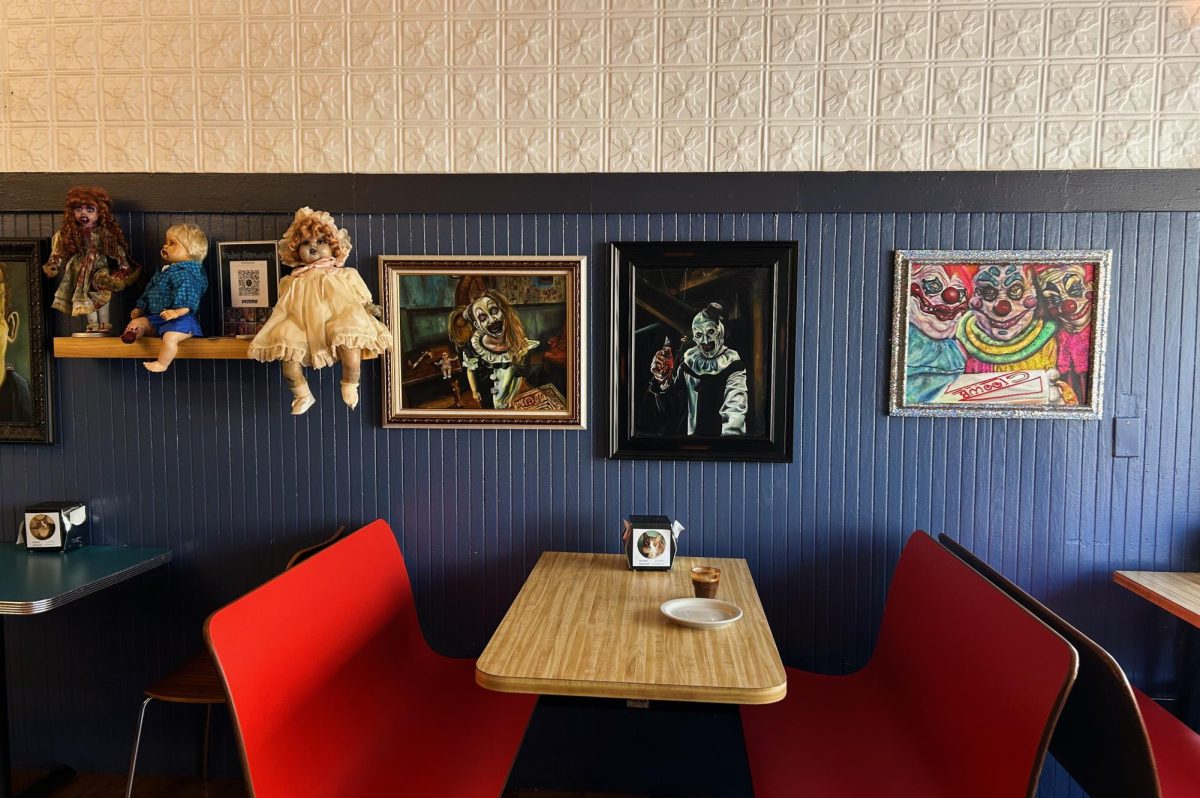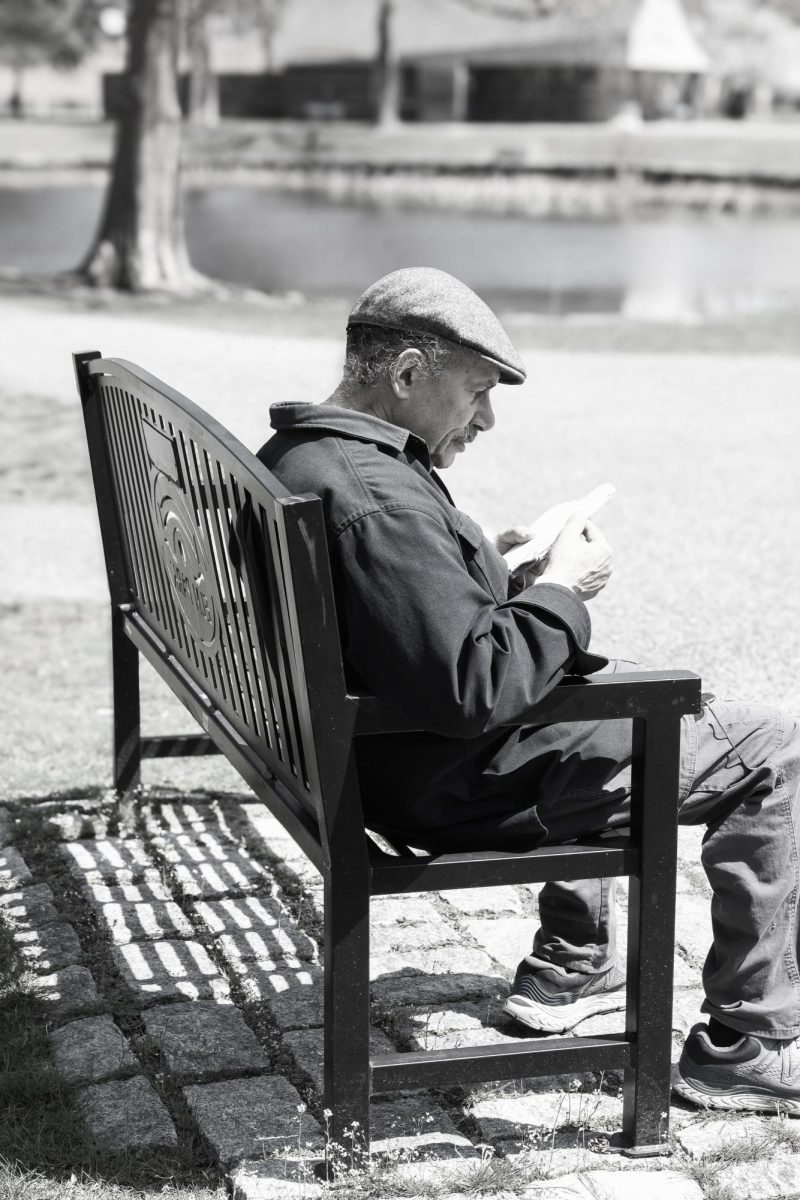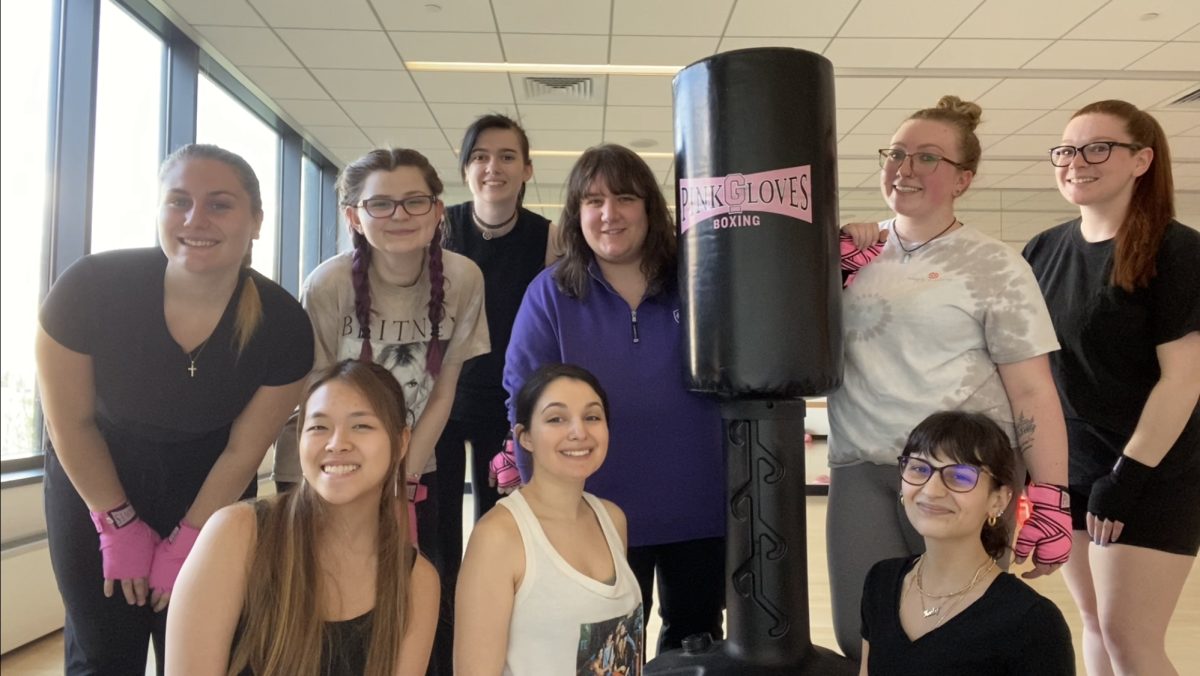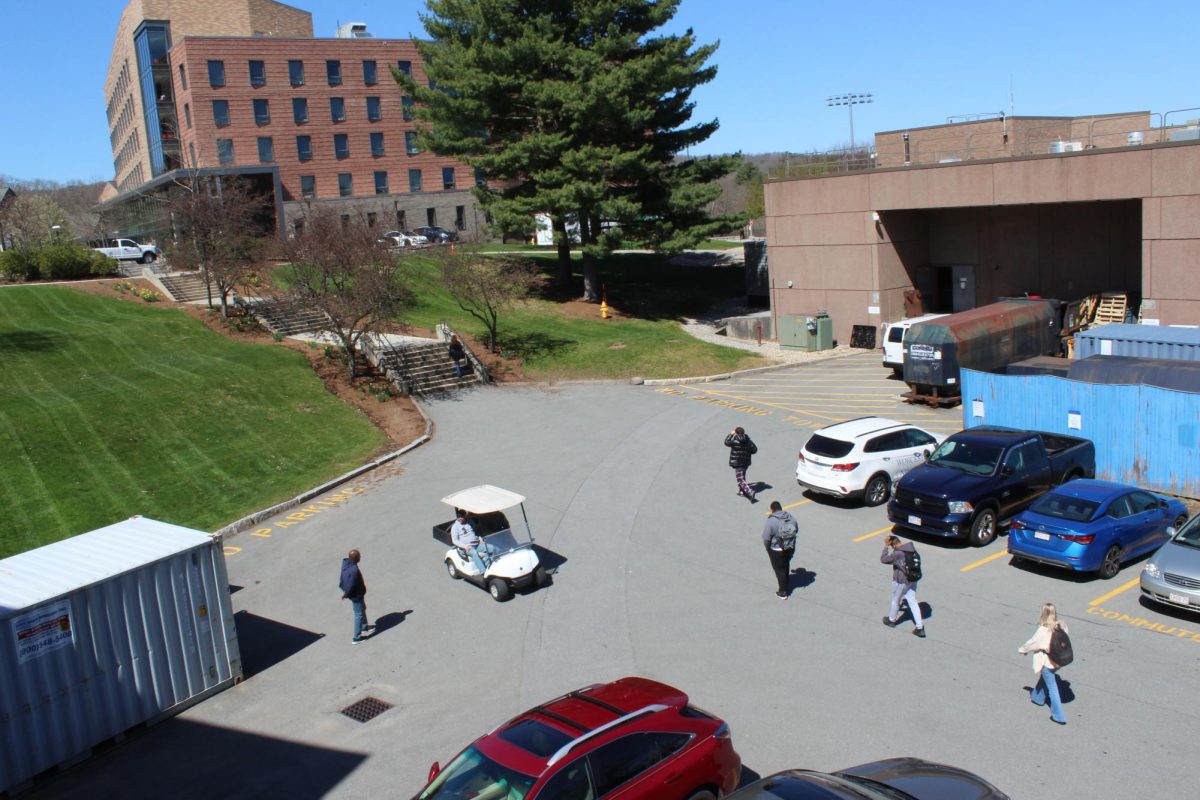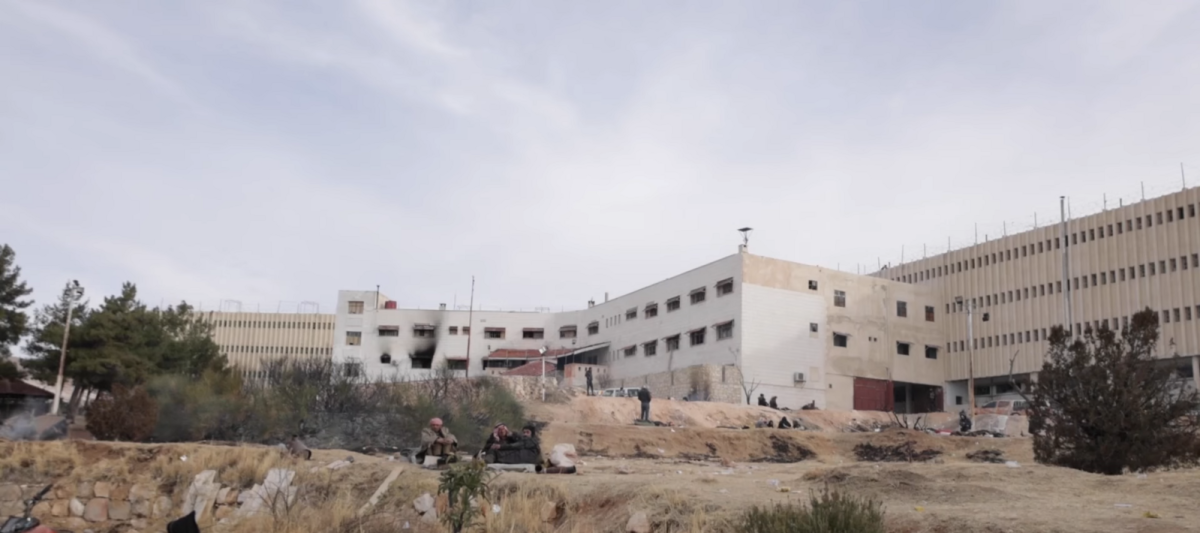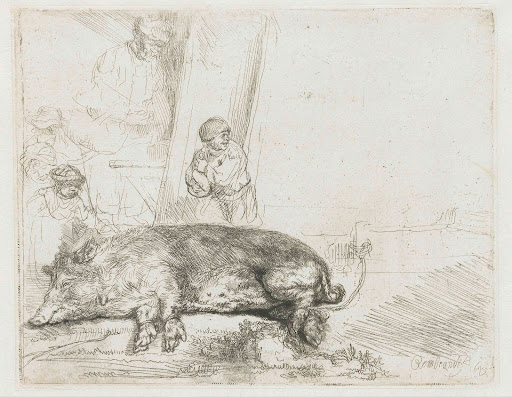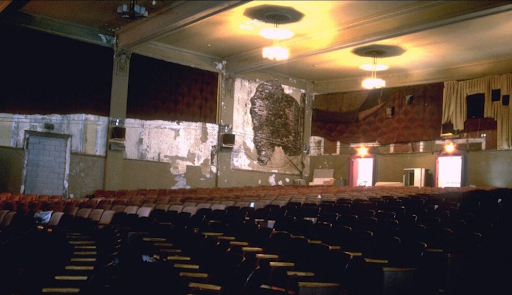Worcester State’s campus differs from its sister schools like Framingham and Bridgewater for one jarring reason. While the center of most college campuses are the students, the center of WSU is a parking lot.
One of the most pressing issues is the lack of designated pedestrian pathways connecting key areas of the campus. The main stairway, adorned with daffodils and serving as a picturesque entrance to the lower campus, abruptly dumps students into the chaos of the parking lot below. Without clear sidewalks or pathways, students are left vulnerable to the constant flow of cars maneuvering through the area.
The situation is particularly precarious during peak class times, when the parking lot becomes congested with vehicles vying for limited spaces. Students find themselves weaving through u-turning SUVs and navigating around delivery trucks, creating a stressful and potentially dangerous environment. The absence of designated pedestrian zones exacerbates the problem, forcing students to compete with vehicular traffic for space.
Moreover, the lack of alternative routes exacerbates the issue. While there are paths around the side of the library or the student center, these detours add precious minutes to students’ commutes, especially when heading to the Sullivan Academic Center, the hub of academic activity on campus. In a university where harsh weather conditions are the norm for a significant portion of the year, every extra minute spent outdoors can feel like an eternity.
In addition to the practical challenges and safety concerns posed by the parking lot-centered layout of Worcester State University’s campus, there is a significant impact on student morale and the overall campus atmosphere. The dominance of asphalt and concrete over green spaces not only diminishes the aesthetic appeal of the campus but also affects students’ sense of well-being and connection to their surroundings.
A campus should be more than just a place for students to attend classes; it should be a vibrant community where students can socialize, relax, and engage in extracurricular activities. However, when the central feature of the campus is a vast expanse of parking lot, it sends a message that the university prioritizes practicality over the quality of student life.
Ultimately, a campus should be designed with the satisfaction of its students in mind. By creating a more pedestrian-friendly environment, Worcester State University can not only enhance the aesthetic appeal of its campus but also improve student morale and create a more vibrant and safe community.
—
Members of the campus community may send opinions to The Wormtown Herald at [email protected]. Opinions run no longer than 800 words. The Wormtown Herald cannot publish all submissions it receives, and opinions will not run anonymously.







